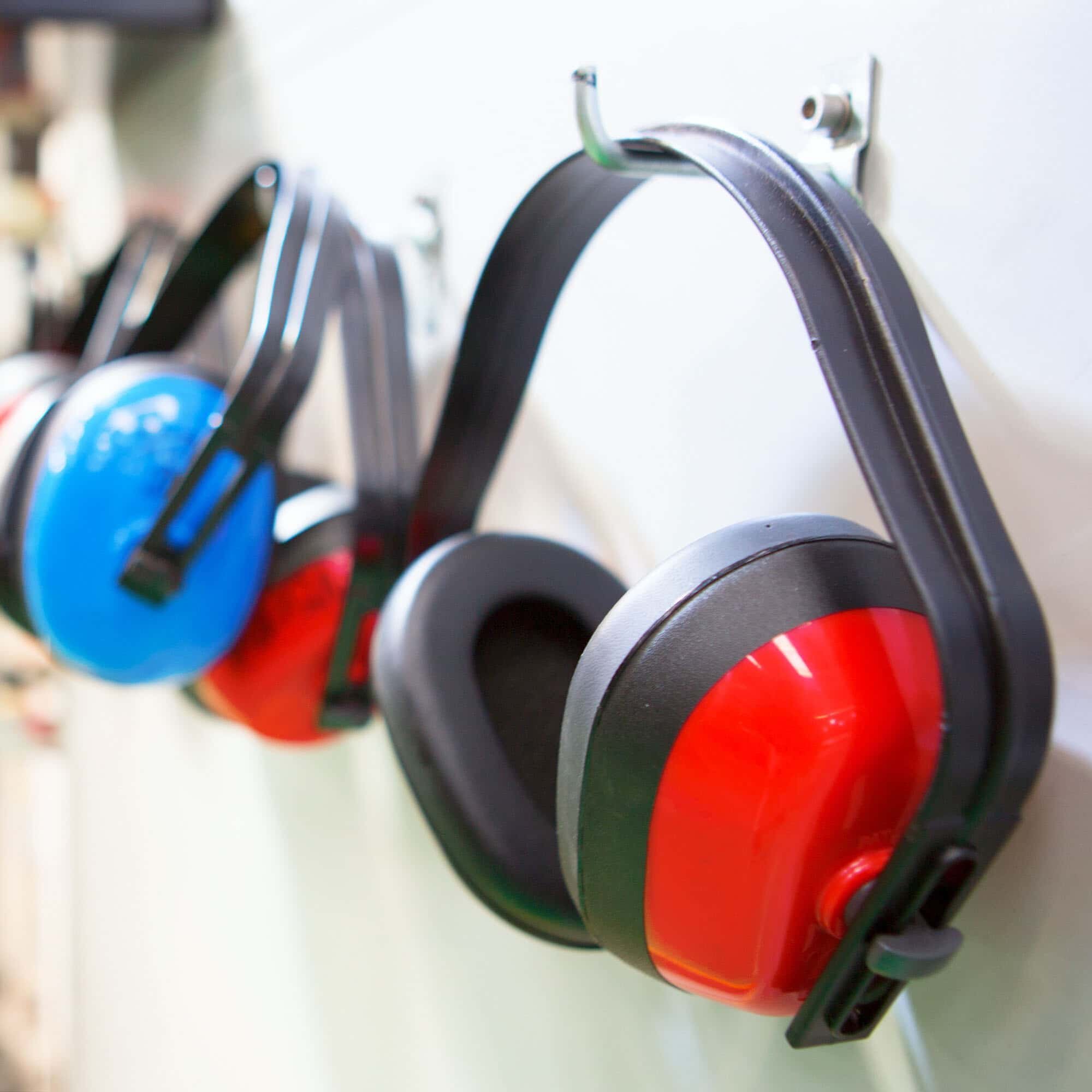Noise Monitoring & Assessments
Noise is one of the top physical hazards in the workplace.
The Occupational Safety and Health Administration’s (OSHA’s) noise standard (29 CFR 1910.95) applies to work and workplaces, covered by OSHA, where there is a potential for exposure to noise that can contribute to hearing loss. To comply with this standard, employers are required to identify and assess exposure to noise, and control health and safety risks arising from hazardous noise in the workplace.

When to Implement Noise Monitoring
When the average level of noise in the workplace is likely to exceed 80 decibel A-scale (dBA), it is advisable to carry out noise monitoring. If the average noise levels are likely to reach 85 (dBA), the noise monitoring becomes mandatory under OSHA.
Factors which suggest that noise exposures in the workplace may be at an elevated level include:
Employee complaints about loud noise;
Indications that employees are losing their hearing; or
Noisy conditions which make normal conversation difficult.
The two common methods of noise monitoring are noise surveys and personal dosimetry. Noise surveys are completed using a sound level meter, and are carried out when one needs to know the noise level of a task or process, or how noisy a piece of machinery or area is. Personal exposure is estimated using noise dosimeters where a microphone is placed near the employee’s hearing zone and personal noise levels are recorded and averaged over the duration of the work shift. The results are compared with occupational exposure limits to see if the employee needs to be a part of a hearing conservation program.
Noise Monitoring Services
EnHealth’s certified industrial hygienist (CIH) is available to conduct personal noise dosimetry and sound level surveys to determine if workplace noise exceeds occupational exposure limits. Our noise monitoring services can identify which employees to include in the hearing conservation program, delineate hearing protection areas, and be used to help decide what control measures can reduce the risk of hearing loss.
EnHealth can help by:
Assessing whether your employees need to be in a hearing conservation program.
Producing "noise-maps," highlighting areas where occupational noise may require controls and signage.
Providing octave band analysis for engineering control design.
Collecting personal noise dosimetry for individuals or groups.
Assisting with personal hearing protectors (e.g., earmuffs and ear buds) selection
